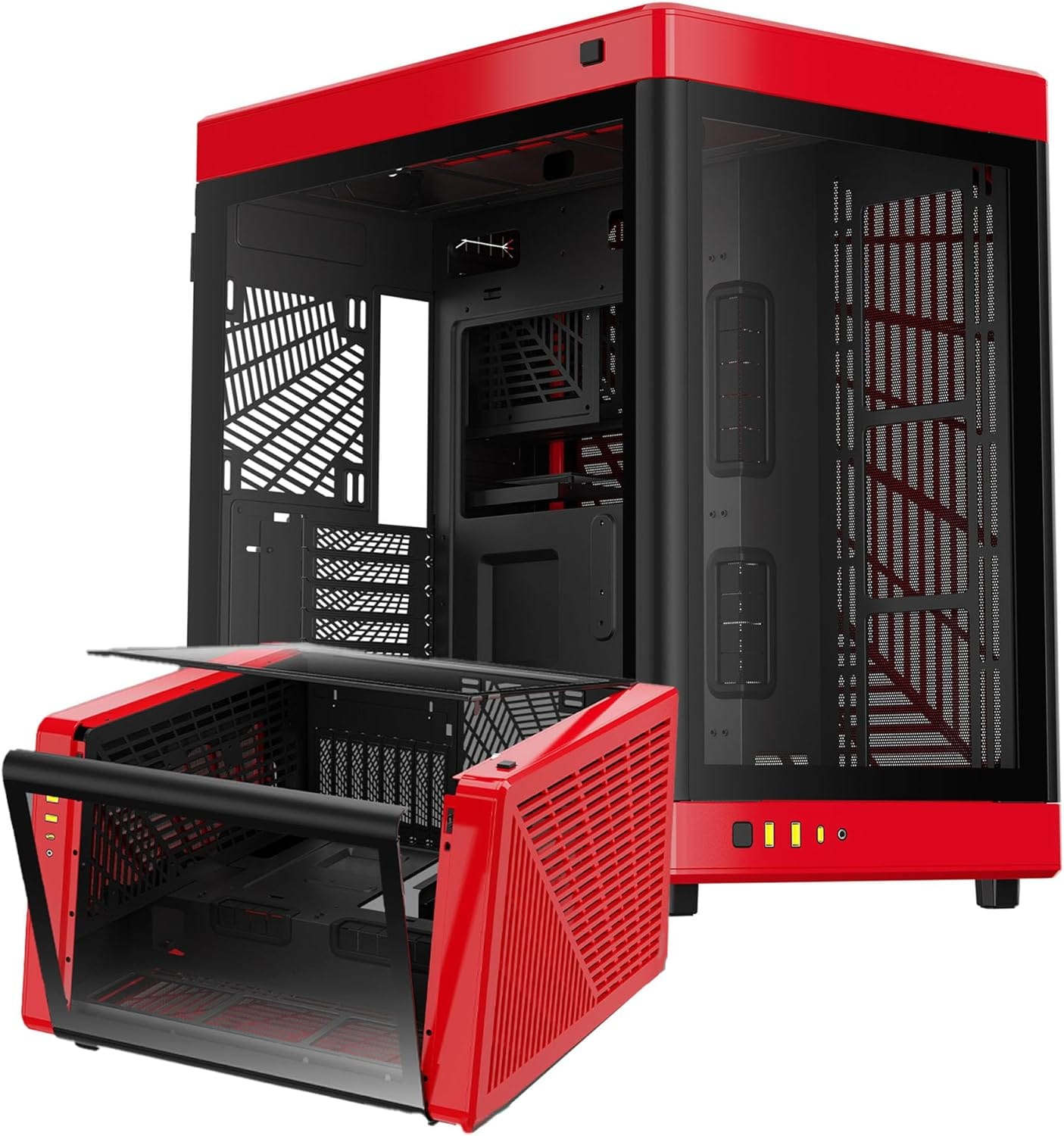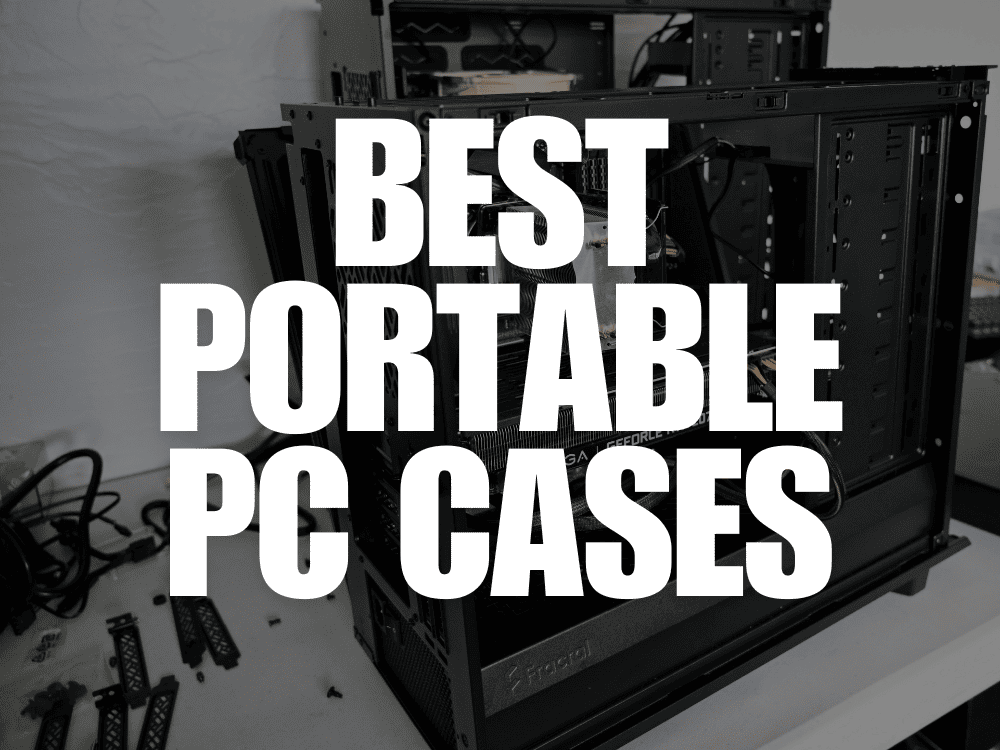When building or upgrading a PC, one of the most important yet often overlooked decisions is choosing the right CPU cabinet size. The cabinet, or computer case, isn’t just a box to house your components—it plays a critical role in airflow, cooling options, and hardware compatibility. From massive towers to compact cases, understanding the different sizes and their dimensions will help you make the best decision for your needs.
Types of CPU Cabinet Sizes
1. Full Tower
A full tower case is the largest type of PC case available, ideal for users who need ample space for high-end components. Full towers usually measure around 22-27 inches (56-69 cm) in height and can accommodate extended ATX (E-ATX) motherboards, multiple graphics cards, and a variety of cooling solutions, such as large air coolers or custom water cooling loops. This size is perfect for enthusiasts building high-performance gaming rigs or workstations.
- Pros: Room for multiple GPUs, extensive cooling options, and plenty of storage.
- Cons: Large footprint, heavier, and more expensive than smaller cases.
Example:
- Corsair 7000D Airflow Full-Tower ATX Case – Spacious with excellent airflow and customizable cooling.
2. Mid Tower
Mid-tower cases are the most popular size for general users and gamers. These cases typically stand between 18-22 inches (46-56 cm) in height and support ATX, micro-ATX, and some even fit mini-ITX motherboards. Mid towers offer a good balance between space and functionality, making them versatile enough for most builds.
- Pros: Compatible with most hardware, more compact than full towers, affordable.
- Cons: Less space for extensive cooling or multiple large GPUs.
Example:
- NZXT H510 Mid Tower ATX Case – Sleek design, tempered glass panel, and great cable management.
3. Mini Tower
Mini-tower cases, designed for micro-ATX or mini-ITX motherboards, are smaller and more compact than mid-towers. Measuring around 14-18 inches (35-46 cm) in height, these cases are perfect for budget builds or users with limited space. They may still support a single GPU, but expansion options are often limited.
- Pros: Small footprint, affordable, and easy to fit in tight spaces.
- Cons: Limited space for upgrades, restricted cooling options.
Example:
- Thermaltake Versa H15 Mini Tower – Compact design with decent airflow and support for micro-ATX builds.
4. Small Form Factor (SFF)
SFF cases are the smallest available, designed for mini-ITX motherboards, and are perfect for building compact or portable PCs. These cases usually measure under 14 inches (35 cm) in height and are designed for users who prioritize a small footprint without sacrificing too much performance.
- Pros: Extremely compact, portable, and stylish.
- Cons: Very limited upgrade options, challenging cable management, and reduced cooling capacity.
Example:
- Cooler Master NR200 SFF Case – A highly versatile case offering great cooling in a small form factor.
Conclusion
Choosing the right CPU cabinet size is essential to building a functional and efficient PC. Whether you need the vast space of a full tower or the compact efficiency of an SFF case, knowing the dimensions and what each case size offers can help you make the best choice for your setup.
Be sure to check compatibility with your motherboard, GPU, and cooling needs before purchasing a case to ensure your build runs smoothly from the start!
FAQs: CPU Cabinet Size Explained
What size case do I need for a gaming PC?
A mid-tower case is generally the best option for most gaming PCs. It offers sufficient space for a standard ATX motherboard, a powerful GPU, and enough cooling options while remaining compact and cost-effective.
Can I fit an ATX motherboard in a mini tower case?
No, ATX motherboards are typically too large for mini-tower cases. Mini-tower cases are designed for micro-ATX or mini-ITX motherboards, so you’ll need a mid-tower or full-tower case for ATX motherboards.
What is the difference between a full tower and a mid-tower case?
A full tower case is larger, typically accommodating E-ATX motherboards, more storage drives, and advanced cooling solutions. A mid-tower case is more compact and supports standard ATX, micro-ATX, and mini-ITX motherboards while offering enough space for most builds.
Does a larger case improve cooling?
Yes, larger cases generally offer better airflow and cooling options. Full and mid-tower cases provide more room for airflow, additional fans, and even custom water cooling loops, which can help keep your components cool under heavy loads.
What is an SFF case, and is it good for gaming?
Small Form Factor (SFF) cases are compact and designed for mini-ITX motherboards. While they can be used for gaming builds, they may limit GPU size, cooling options, and upgradability. However, with the right components, an SFF case can be great for portable or space-saving gaming rigs.
Also Read:








